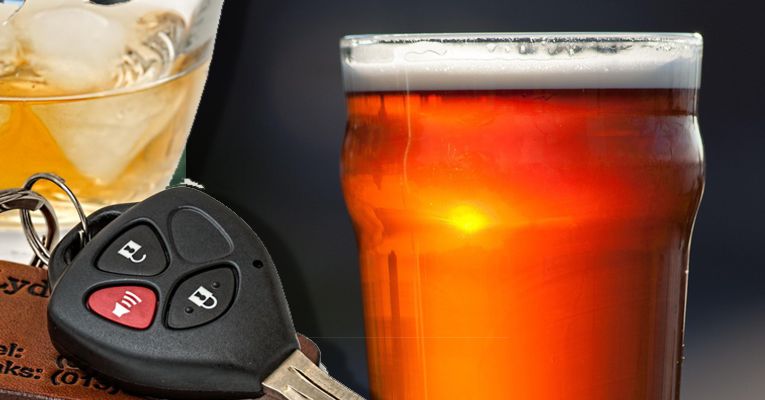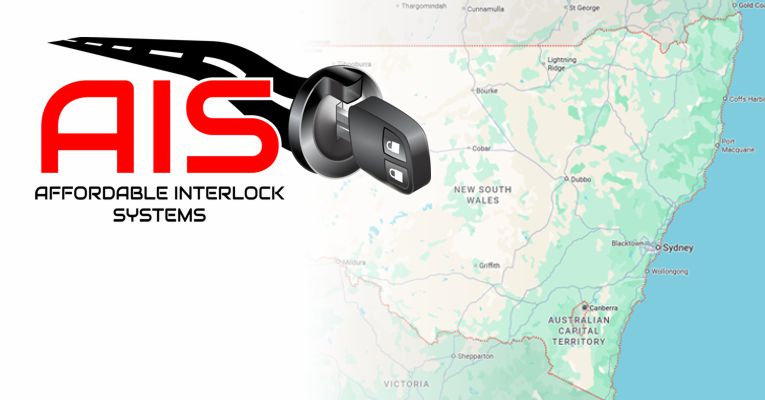Explore how Australian states and territories use alcohol interlock programs to assess and manage driver fitness. This guide breaks down each jurisdiction’s approach to improving road safety and reducing repeat drink-driving offences.
Assessing Driver Fitness: Alcohol Interlock Programs Across Australia
Making sure that drivers are eligible to operate vehicles safely is a critical element of road safety in Australia. Alcohol interlock systems form a part of these compliance measures and are a measure that is deployed across each state and territory across the country. The goal of these programs is to prevent individuals that have a history of drink-driving offences from reoffending. It achieves this by requiring drivers to install a state or territory approved alcohol interlock device in their cars, trucks or other vehicles. These devices prevent the vehicle from starting if it detects any alcohol on the driver's breath.
While the overarching goal is consistent nationwide, the specifics of these programs vary between jurisdictions.
Affordable Interlock Systems (AIS) has put together this overarching guide sourced from Austroads. Austroads is the association of the Australian and New Zealand transport agencies, representing all levels of government. Austroads is a leading organisation whose mission is to provide high-quality, practical and impartial advice, information, tools and services to help its members to deliver efficient, reliable and safe mobility to their customers. Ultimately, it aims to solve problems for transport agencies in Australia and New Zealand.
This article will define what is an alcohol interlock system before providing a short summary around the guidelines for each state and territory.
What Is an Alcohol Interlock System
The Alcohol Interlock System – alternatively referred to as an ignition interlock device (IID) – functions as a vehicle-integrated breathalyser that prevents intoxicated driving. Before the engine can start, drivers must provide a breath sample through the device's mouthpiece. The system analyzes this sample for blood alcohol concentration (BAC); if levels exceed the predetermined threshold (generally set between 0.02% and 0.04%), the vehicle's ignition system remains disabled, effectively preventing operation by impaired individuals.
New South Wales (NSW)
NSW, has put in place a mandatory alcohol interlock program for those drivers convicted of serious drink-driving offences. Those drivers participating in the program must install an alcohol interlock device in their vehicle. They are then subject to a zero blood alcohol concentration (BAC) limit. If the device detects an attempt to start the vehicles with alcohol present, that data can then lead to further extensions of the interlock period. Transport for NSW can refer individuals for additional medical assessments if interlock data suggests potential substance misuse during this period. Participation in the program is generally 12 months.
Victoria (VIC)
In Victoria, the Alcohol Interlock Program requires those drivers with specific drink-driving convictions to undertake the installation of an interlock device as a condition for licence reinstatement. This device has the ability to prevent a vehicle from starting if a BAC of 0.02 or higher is detected. Those individuals participating in the program must demonstrate consistent compliance over a specified period before the interlock condition can be removed. Participation in the program is generally 12 months
Queensland (QLD)
Queensland drivers convicted of high-range drink-driving offences may be required to participate in the Alcohol Ignition Interlock program for a minimum 12 month period. This requires the driver to install the device into their vehicle for the duration of their penalty. Non compliance can result in an extension of the interlock period, or further penalties incurred onto the individual.
South Australia (SA)
The Mandatory Alcohol Interlock Scheme also applies in South Australia for serious drink-driving offences. Individuals must install an interlock device and comply with the conditions of the program. The interlock prevents the vehicle from starting if alcohol is detected. Tampering with the device is a punishable offence. Participation in the program is generally 12 months.
Western Australia (WA)
Drink-driving offenders in WA, also enforces an Alcohol Interlock Scheme mandating that certain drink-driving offenders install an interlock device in their vehicles. When installed the device is set to prevent the vehicle from starting if a BAC of 0.02% or higher is detected.
Additionally participants are also responsible for all costs incurred with the program. Non-compliance can lead to extended interlock periods. Participation in the program is generally 6 months.
Tasmania (TAS)
Installation of alcohol interlock devices is also required in Tasmania for drivers convicted of serious drink-driving offences. This is a condition of licence reinstatement. The purpose of the program is to reduce repeat offences. It does this by ensuring that drivers cannot operate their vehicles if alcohol is detected in their system. Participation in the program is generally 12 months
Australian Capital Territory (ACT)
The Alcohol Ignition Interlock Program is mandatory in the ACT for certain drink-driving offenders. Those individuals participating in the program must install an interlock device and demonstrate compliance over a specified period. The goal of this program is to prevent further offences and promote road safety. Participation in the program is generally 6 months
Northern Territory (NT)
In the NT it is mandated for drink-driving offenders to install alcohol interlock devices for those drivers convicted of high-level drink-driving offences. If participating in the program the costs of installation and maintenance and comply with program requirements to regain and retain their driving privileges. Participation in the program is generally 12 months.
Conclusion
Alcohol interlock programs are one of the most vital tools in assessing and measuring driver fitness across the country. While the overall core objective remains consistent - the prevention of drink-driving - the specificities of the laws vary from state-to-state and territory to territory. Our goal at AIS is to provide those individuals participating in the programs with the ability to understand and navigate the legal complexities around the mandated programs.
For further information we recommend that you research each state’s individual program and refer to the official resources provided by each transport department. Should you have any interlock fitment questions please reach out to our customer support team using enquiries@affordableinterlocks.com.au





